The Best Landscape Fabric

Table of Contents
The Best Landscape Fabric: A Comprehensive Guide for Weed Control and Soil Health
Choosing the right landscape fabric can significantly impact the success of your landscaping projects. This comprehensive guide will help you navigate the world of landscape fabrics, identifying the best options for your needs and budget, and ultimately helping you achieve a thriving, weed-free garden.
Understanding Landscape Fabric: More Than Just Weed Control
Landscape fabric, also known as weed barrier fabric or weed matting, is a permeable material used to suppress weed growth while allowing water and air to reach plant roots. It's a crucial tool for any serious gardener or landscaper, offering a range of benefits beyond simple weed prevention. Choosing the best landscape fabric depends on your specific project requirements, considering factors like:
- Durability: How long do you need the fabric to last? Heavier-weight fabrics generally offer greater longevity.
- Permeability: Does your soil need excellent drainage? Some fabrics are more permeable than others.
- UV Resistance: Will the fabric be exposed to direct sunlight? UV-resistant fabrics prevent degradation and extend their lifespan.
- Ease of Installation: Consider the size, weight, and flexibility of the fabric when choosing.
Types of Landscape Fabric: Pros and Cons
Several types of landscape fabric exist, each with its own set of advantages and disadvantages:
1. Woven Landscape Fabric: Strength and Durability
Woven fabrics are typically made from polypropylene or polyethylene and are known for their strength and durability. They offer excellent weed control and can last for many years. However, they can be slightly less permeable than non-woven fabrics.
- Pros: Strong, durable, long-lasting, effective weed control.
- Cons: Can be less permeable than non-woven options, slightly more expensive.
2. Non-Woven Landscape Fabric: Permeability and Flexibility
Non-woven fabrics are made from spun fibers bonded together. They're generally more permeable than woven fabrics, allowing for better water and air penetration. They are also often more flexible and easier to install.
- Pros: Highly permeable, flexible, easy to install, relatively inexpensive.
- Cons: May not be as durable as woven fabrics, potentially shorter lifespan.
3. Biodegradable Landscape Fabric: Eco-Friendly Choice
Biodegradable landscape fabrics offer an environmentally friendly alternative, eventually decomposing naturally. While offering good weed control, their lifespan is shorter than traditional options.
- Pros: Environmentally friendly, decomposes naturally.
- Cons: Shorter lifespan than synthetic fabrics, can be more expensive.
Choosing the Best Landscape Fabric for Your Needs
The "best" landscape fabric isn't a one-size-fits-all solution. Consider these factors when making your selection:
- Project Size and Scope: For small projects, a less expensive, non-woven fabric might suffice. Larger projects might benefit from the durability of a woven fabric.
- Soil Type and Drainage: Well-draining soil may tolerate a less permeable fabric, while poorly draining soil requires a highly permeable option.
- Plant Type: Consider the root systems of your plants; aggressive root systems might require a more durable fabric.
- Budget: Prices vary significantly depending on the type, weight, and size of the fabric.
Beyond the Fabric: Installation and Maintenance Tips for Success
Even the best landscape fabric requires proper installation and maintenance for optimal results. Remember to:
- Prepare the soil properly: Clear the area of existing weeds and debris before laying the fabric.
- Overlap edges: Overlap the fabric edges to prevent weeds from growing through.
- Secure the edges: Use landscape staples or pins to secure the fabric in place.
- Cut holes for plants: Carefully cut holes for your plants, ensuring the fabric doesn't restrict root growth.
- Mulch on top: Adding a layer of mulch on top of the fabric helps retain moisture and suppress weeds further.
Frequently Asked Questions (FAQ)
Q: How long does landscape fabric last? A: This depends on the type and quality of the fabric, as well as environmental factors. High-quality fabrics can last 5-10 years or more.
Q: Is landscape fabric harmful to the environment? A: While synthetic fabrics are not biodegradable, their impact is minimized by preventing the need for frequent herbicide use. Biodegradable options are also available for environmentally conscious gardeners.
Q: Can I use landscape fabric under paving stones? A: Yes, landscape fabric can be used under paving stones to prevent weed growth.
By carefully considering these factors and following the advice above, you can choose the best landscape fabric for your needs and create a beautiful, weed-free garden that thrives for years to come. Remember to research specific brands and read customer reviews to make an informed decision.

Thank you for visiting our website wich cover about The Best Landscape Fabric. We hope the information provided has been useful to you. Feel free to contact us if you have any questions or need further assistance. See you next time and dont miss to bookmark.
Featured Posts
-
Qpr Vs Derby County Live Stream Details
Feb 15, 2025
-
Retro Living Room Rugs
Feb 15, 2025
-
Fan Nation Ceiling Fans
Feb 15, 2025
-
Roco Furniture
Feb 15, 2025
-
Allied Furniture
Feb 15, 2025